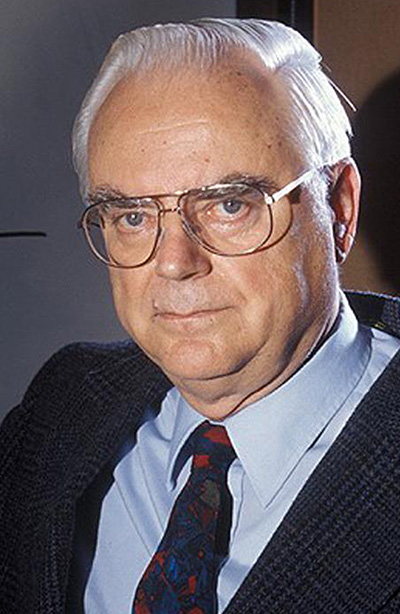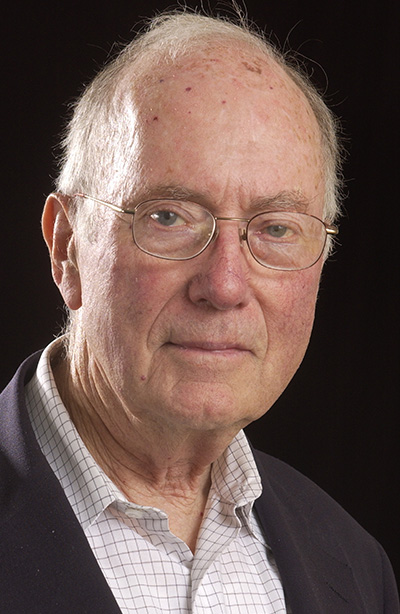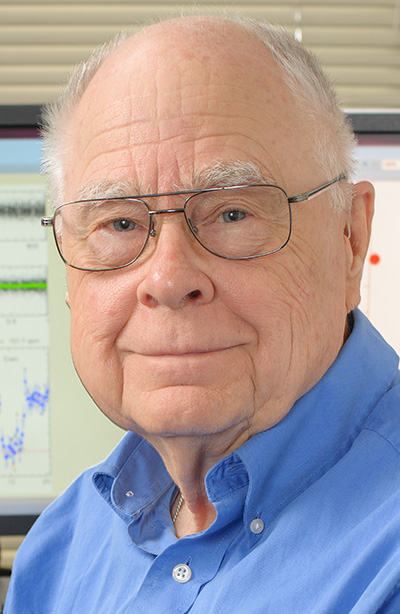
About Drake Award
The SETI Institute’s Drake Award celebrates exemplary contributions to SETI or astrobiology through scientific research and space exploration. The award honors Frank Drake, whose Drake Equation first identified the specific factors necessary for the emergence of life in the Universe and the evolution of technological civilizations. This honor is given at the discretion of the Board of Trustees of the SETI Institute, based on nominations from its Science Advisory Board. The honoree is presented a cash award and trophy, and is invited to describe their research at a public ceremony. The Award was initially presented to Frank Drake in 2001.
Past Recipients
 2001
2001Frank Drake
for innovation in SETI and life in the universe research 2002
2002Charles Townes
for his visionary advocacy of optical SETI 2016
2016William Borucki
for his revolutionary contributions to exoplanet research as PI for the Kepler space telescope 2018
2018Victoria Meadows
for her seminal contributions to astrobiology and exoplanet research 2019
2019Jason Wright
for his groundbreaking achievements in exoplanet and SETI research 2021
2021Dan Werthimer
for developing novel radio spectrometers as well as optical SETI detection systems 2021
2021Paul Horowitz
for pioneering work in SETI instrumentation for both radio and optical searches 2022
2022Shelley Wright
for her innovative development and use of new instruments for optical SETI 2023
2023John Rummel
for lifetime contributions to SETI, astrobiology, and planetary protection 2024
2024Andrew Siemion
for his exceptional and pioneering contributions to SETI and radio astronomy and his leadership in the fieldAbout Frank Drake
Frank Drake was the former Director of the Carl Sagan Center for the Study of Life in the Universe, and previously served as Chairman of SETI Institute's Board of Trustees.
Drake started his career undertaking radio astronomical research at the National Radio Astronomy Observatory (NRAO) in Green Bank, West Virginia, and later the Jet Propulsion Laboratory. He conducted key measurements which revealed the presence of a Jovian ionosphere and magnetosphere.
In the 1960s, Drake spearheaded the conversion of the Arecibo Observatory to a radio astronomical facility, later updated in 1974 and 1996. As a researcher, Drake was involved in the early work on pulsars. In this period, Drake was a professor at Cornell University and Director of the National Astronomy and Ionosphere Center (NAIC) – the formal name for the Arecibo facility. In 1974 he wrote the Arecibo message.
He was one of the pioneers of the modern field of the search for extraterrestrial intelligence with Giuseppe Cocconi, Philip Morrison, Iosif Shklovsky, and Carl Sagan.
Drake co-designed the Pioneer plaque with Carl Sagan in 1972, the first physical message sent into space. The plaque was designed to be understandable by extraterrestrials should they encounter it. He later supervised the creation of the Voyager Golden Record. He was elected to the American Academy of Arts and Sciences in 1974.
Drake was a member of the National Academy of Sciences where he chaired the Board of Physics and Astronomy of the National Research Council (1989–92). He also served as President of the Astronomical Society of the Pacific. He was a Professor of Astronomy at Cornell University (1964–84) and served as the Director of the Arecibo Observatory.
He was Emeritus Professor of Astronomy and Astrophysics at the University of California at Santa Cruz where he also served as Dean of Natural Sciences (1984–88).
